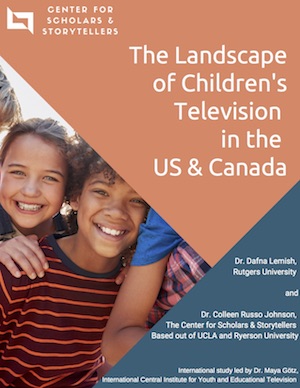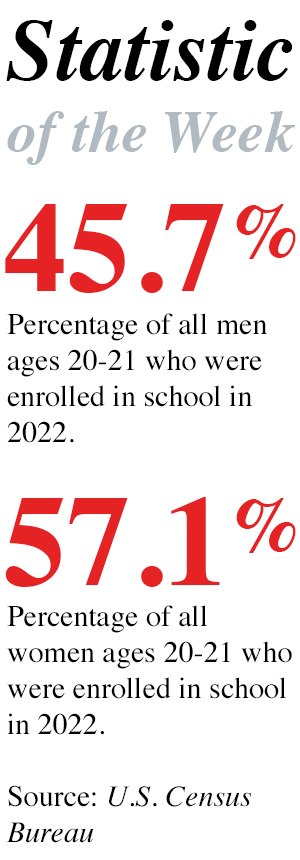Study Finds Gender Imbalance In Children’s Television: Onscreen and Behind the Camera
Posted on May 08, 2019 | Comments 0
 According to a new study from scholars at Rutgers University in New Jersey, the University of California Los Angeles, and Ryerson University in Toronto, kids are getting an early glimpse of gender inequality through the shows they watch on television. The study found that the majority of main characters on American children’s fictional TV shows are male. Additionally, men are more likely to be the creators, writers, and directors of these shows.
According to a new study from scholars at Rutgers University in New Jersey, the University of California Los Angeles, and Ryerson University in Toronto, kids are getting an early glimpse of gender inequality through the shows they watch on television. The study found that the majority of main characters on American children’s fictional TV shows are male. Additionally, men are more likely to be the creators, writers, and directors of these shows.
For their study, the research team looked at American and Canadian television shows, aimed at kids age 12 and under during the fall of 2017. The results found that just 38 percent of main characters in U.S. children’s shows were women; only a slight improvement from 33 percent in 2007. This gender disparity was seen the most among non-human characters such as animals and robots. In U.S. shows, 46 percent of human characters were women, compared to 27 percent of animal characters and 10 of robot and machine characters. The Disney Channel, at 51 percent, had the highest rate of women main characters over any of the observed channels.
Male characters also got to use their brains and brawn more often. “In both countries, females on children’s TV are two times as likely to use magic to resolve problems, while males are more likely to use STEM skills and physical power,” the study’s authors wrote.
Another problematic finding was that women human characters were almost twice as likely to be depicted as people of color or racially ambiguous. “The fact that female characters are more likely to be portrayed as persons of color suggests that some shows might be trying to ‘check two boxes’ with one casting,” the authors wrote. “This creates a misguided situation where a character is suddenly the primary voice not only for her gender but for her race as well.”
When it comes to creators of these television shows, men created seven out of every 10 observed shows and directed eight of every 10 episodes. In terms of show writers, 53 percent of episodes were written by men, 25 percent had a mixed-gender writing team, and 18 percent were written by women.
The authors believe that this gender imbalance can have a substantial impacts on children’s perceptions of society and their future aspirations.
 “Television is a major socializing force in children’s lives — they spend more time watching and interacting with screens than in any other activity and they learn from TV about societal values, who matters in society, what one can aspire to become etc.,” said Dafna Lemish, a professor of journalism and media studies at Rutgers. She added, “It also matters because the U.S. continues to be the major producer and exporter of children’s TV and thus it continues to disseminate such misguided values to the rest of the world.”
“Television is a major socializing force in children’s lives — they spend more time watching and interacting with screens than in any other activity and they learn from TV about societal values, who matters in society, what one can aspire to become etc.,” said Dafna Lemish, a professor of journalism and media studies at Rutgers. She added, “It also matters because the U.S. continues to be the major producer and exporter of children’s TV and thus it continues to disseminate such misguided values to the rest of the world.”
The full study, The Landscape of Children’s Television in the US & Canada, was published by the Center for Scholars & Storytellers, based out of UCLA and Ryerson University. It may be accessed here.
Filed Under: Research/Study








